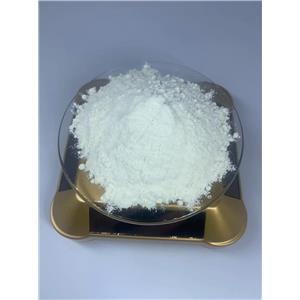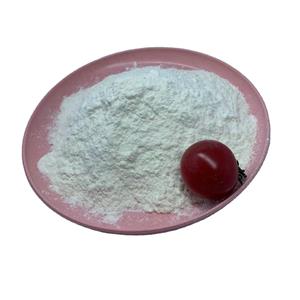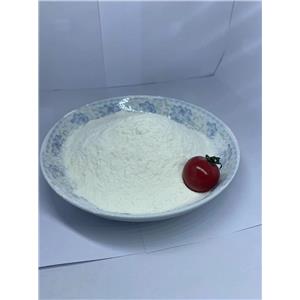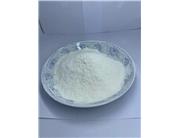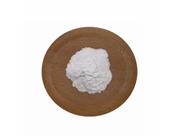| Description | Pramipexole is a dopamine agonist of the non-ergoline class indicated for treating Parkinson's disease (PD) and restless legs syndrome (RLS).Target: Dopamine Receptor Pramipexole also possesses low/insignificant affinity (500-10,000 nM) for the 5-HT1A, 5-HT1B, 5-HT1D, and α2-adrenergic receptors. It has negligible affinity (>10,000 nM) for the D1, D5, 5-HT2, α1-adrenergic, β-adrenergic, H1, and mACh receptors. All sites assayed were done using human tissues. While pramipexole is used clinically, its D3-preferring receptor binding profile has made it a popular tool compound for preclinical research. Pramipexole has been used (in combination with D2- and or D3-preferring antagonists) to interrogate the role of D3 receptor function in rodent models and tasks for neuropsychiatric disorders [1-3]. |
|---|
| References | [1]. Kvernmo, T., S. Hartter, and E. Burger, A review of the receptor-binding and pharmacokinetic properties of dopamine agonists. Clin Ther, 2006. 28(8): p. 1065-78. [2]. Millan, M.J., et al., Differential actions of antiparkinson agents at multiple classes of monoaminergic receptor. I. A multivariate analysis of the binding profiles of 14 drugs at 21 native and cloned human receptor subtypes. J Pharmacol Exp Ther, 2002. 3 [3]. Weber, M., et al., Heritable strain differences in sensitivity to the startle gating-disruptive effects of D2 but not D3 receptor stimulation. Behav Pharmacol, 2008. 19(8): p. 786-95. |
|---|

 China
China
